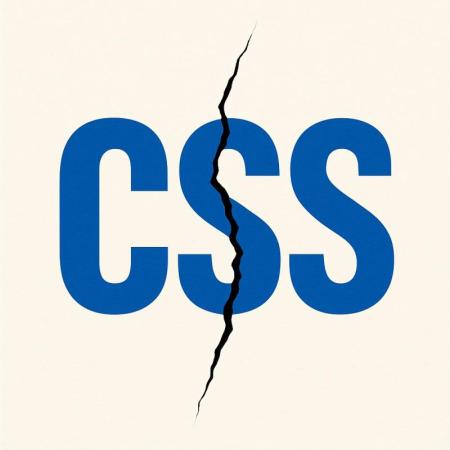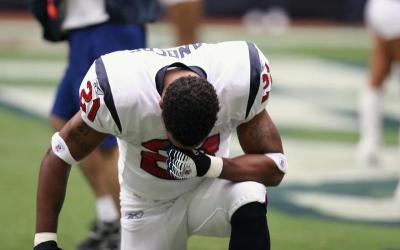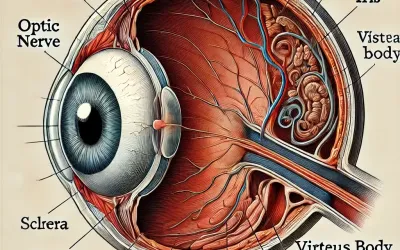CSS Naked Day
The Origin and Evolution of an Event to Highlight the Importance of Web Design
Every year on April 9th, thousands of websites around the world "strip down" as part of a curious digital tradition known as CSS Naked Day. For 24 hours, participating sites disable their CSS stylesheets, exposing the bare structure of their pages: plain text, unstyled lists, unadorned forms. But where did this peculiar initiative come from, and what is its true purpose?
The Birth of CSS Naked Day
The idea for CSS Naked Day was proposed in 2006 by web designer Dustin Diaz, who wanted to draw attention to two fundamental aspects of the web: the importance of CSS stylesheets and the need to write semantic, well-structured HTML.
At a time when browsers were far less standardized than today and web design was booming with experimentation, Diaz posed a simple but revealing challenge: What if, for one day, websites displayed their content without styles? This would not only reveal how much CSS contributes to the visual aspect of the web but would also highlight how accessible and understandable the content is when stripped of its visual embellishments.
What is CSS Naked Day?
On April 9th, developers who join the event disable or remove the CSS stylesheets from their websites. This can be done in several ways, such as commenting out the links to CSS files or using conditionals in the code so that styles are only applied outside of that day.
The result is a website that displays its basic HTML structure—without colors, custom fonts, margins, or adjusted positions—just the content as browsers would interpret it by default.
The Goals of the Event
While at first glance it may seem like a simple act of "stripping" web pages, CSS Naked Day has clear objectives:
-
Promote the use of semantic and accessible HTML. If a site looks organized and readable without CSS, it likely has a good structural markup.
-
Raise awareness about the separation of content and presentation. It's a reminder of web development best practices: HTML for content, CSS for appearance.
-
Highlight the importance of CSS. Seeing a site without styles makes the enormous value of visual design clear, as it conveys identity, hierarchy, and usability.
The Evolution of the Event
In its early years, CSS Naked Day quickly became popular, especially among the web design and development community that enjoyed collaborative initiatives like this. Blogs, portfolios, and personal websites joined in, and discussions in forums and on social media about the quality of exposed HTML were common.
Over time, the event has remained an informal tradition. Although it's not as massive as in its early years, it still serves as a reminder for those who value good web development.
Additionally, the concept has inspired similar initiatives related to accessibility, inclusive design, and best practices in building websites.
How to Participate in CSS Naked Day
-
Have your own website.
-
Prepare a condition in your code so that on April 9th, CSS files are not loaded.
-
(Optional) Add a small message explaining to visitors why the site appears "naked" that day.
-
Share on social media or on your site that you are participating in the event.








